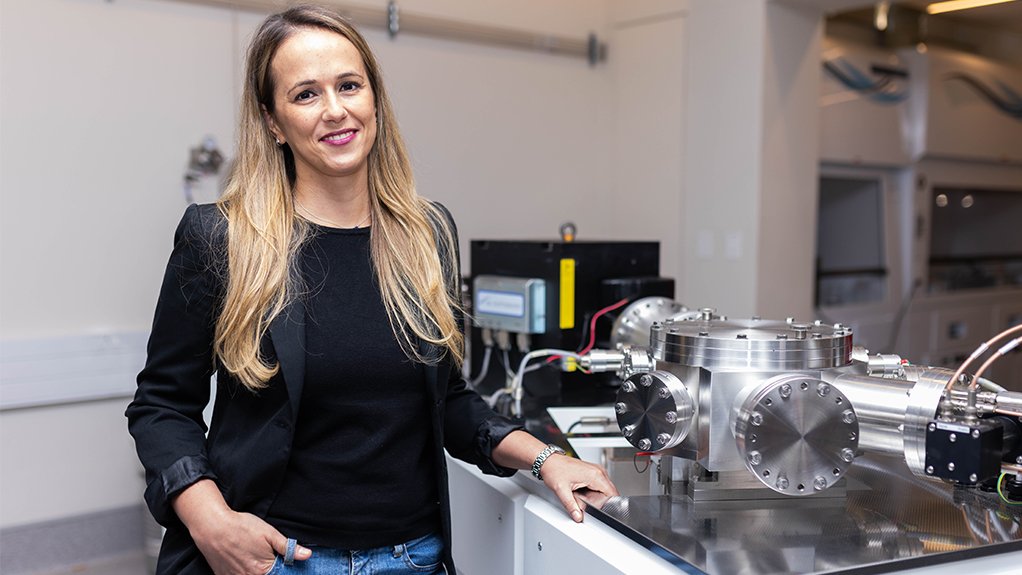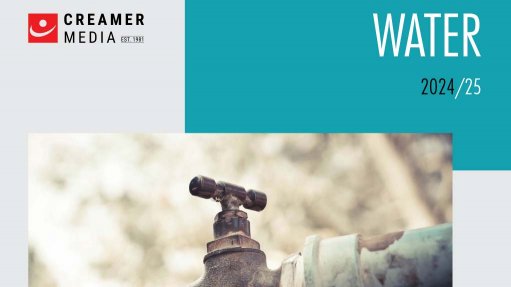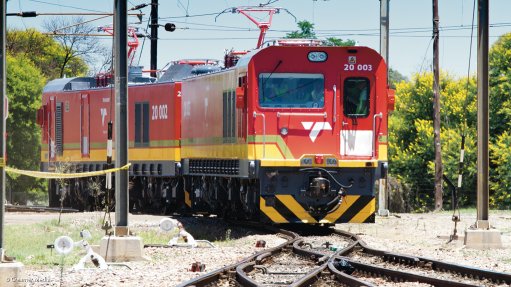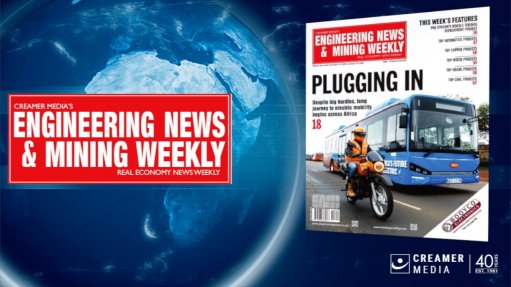Ancient diamonds give researchers insight into continental drift


University of the Witwatersrand School of Geosciences senior lecturer Dr Karen Smit
Photo by University of the Witwatersrand
New insights into the processes of continental evolution and movement during the early stages of complex life on Earth have been revealed by the examination of ancient, superdeep diamonds that were excavated from mines in Brazil and Western Africa.
An international team of experts examined these diamonds, which are believed to have originated on the base of the supercontinent Gondwana between 650-million and 450-million years ago. Their analysis has provided insight into the formation, stabilisation and movement of such supercontinents.
“Superdeep diamonds are extremely rare and we now know that they can tell us a lot about the whole process of continent formation. We wanted to date these diamonds to try and understand how the earliest continents formed,” says University of the Witwatersrand (Wits) School of Geosciences senior lecturer Dr Karen Smit, who was part of the study.
Owing to their age, diamonds can offer insight into some of the darkest and oldest parts of the Earth’s mantle. As continents drift and collide in what is known as the supercontinent cycle, diamonds have proven to be one of the few minerals strong enough to survive and record the process.
The process that drives plate tectonics, deep oceanic plate subduction, can be concentrated by supercontinents in very specific areas.
However, such deep geologic processes, especially in the past, have been very difficult to study directly because the oceanic crust is comparatively young, with the continental crust only providing a limited view of Earth’s deep workings.
Old diamonds have proven to offer a more direct window into the deep plate tectonic engine and how it might relate to the supercontinent cycle, the researchers note.
By dating the tiny silicate and sulphide inclusions inside the diamonds, the team, led by Switzerland’s University of Bern assistant professor Dr Suzette Timmerman, dated diamonds that formed 300 km to 700 km deep under the base of Gondwana.
The goal was to trace how material was added to the keel of the supercontinent. While doing this, the team recognised a previously unknown geologic process.
This research was published in scientific journal Nature on October 18.
“The geochemical analyses and dating of inclusions in the diamonds, combined with existing plate tectonic models of continent migration, showed that diamonds formed at great depths beneath Gondwana when the supercontinent covered the South Pole,” Smit says.
The host rocks to the diamonds became buoyant during diamond formation, transporting subducted mantle material along with the diamonds. It is believed that this material was added to the base of the root of Gondwana, contributing to the expansion of the supercontinent from below.
“Around 120-million years ago, Gondwana started to break apart to form the present oceans, such as the Atlantic. At 90-million years ago, the diamonds, carrying trapped tiny inclusions of the host rock, were brought to Earth’s surface in violent volcanic eruptions,” Smit says.
The current locations for these volcanic eruptions are on the continental fragments of Brazil and Western Africa, two of the key components of Gondwana. From this, the researchers deduced that the diamonds must have migrated together with different parts of the former supercontinent as it dispersed, attached to their base.
“This complex history of the diamonds shows that they are remarkably well-travelled, both vertically and horizontally, within the Earth – tracing both the formation of the supercontinent and the latter stages of its evolution. The accretion of relatively young material to the roots of the continents thickens and welds together these ancient continental fragments indicating a potential new mode of continent growth,” Smit explains.
She conducted the isotope analyses of sulphide inclusions at the Carnegie Institution for Science. Smit is now based at Wits, where she is part of a team developing a new isotope lab and methodologies so that diamond inclusion analyses can ultimately be conducted at the university.
“We installed the necessary equipment in 2022 and are working towards getting the highly specialised skills and equipment together so we can do this type of diamond work in South Africa, where previously it could only be done overseas,” she says.
Smit says this type of research is needed to understand how continents evolve and move.
“Without continents there wouldn’t be life. This research gives us insight into how continents form, and it links to how life evolved and what makes our planet, Earth, different from other planets,” she says.
Comments
Press Office
Announcements
What's On
Subscribe to improve your user experience...
Option 1 (equivalent of R125 a month):
Receive a weekly copy of Creamer Media's Engineering News & Mining Weekly magazine
(print copy for those in South Africa and e-magazine for those outside of South Africa)
Receive daily email newsletters
Access to full search results
Access archive of magazine back copies
Access to Projects in Progress
Access to ONE Research Report of your choice in PDF format
Option 2 (equivalent of R375 a month):
All benefits from Option 1
PLUS
Access to Creamer Media's Research Channel Africa for ALL Research Reports, in PDF format, on various industrial and mining sectors
including Electricity; Water; Energy Transition; Hydrogen; Roads, Rail and Ports; Coal; Gold; Platinum; Battery Metals; etc.
Already a subscriber?
Forgotten your password?
Receive weekly copy of Creamer Media's Engineering News & Mining Weekly magazine (print copy for those in South Africa and e-magazine for those outside of South Africa)
➕
Recieve daily email newsletters
➕
Access to full search results
➕
Access archive of magazine back copies
➕
Access to Projects in Progress
➕
Access to ONE Research Report of your choice in PDF format
RESEARCH CHANNEL AFRICA
R4500 (equivalent of R375 a month)
SUBSCRIBEAll benefits from Option 1
➕
Access to Creamer Media's Research Channel Africa for ALL Research Reports on various industrial and mining sectors, in PDF format, including on:
Electricity
➕
Water
➕
Energy Transition
➕
Hydrogen
➕
Roads, Rail and Ports
➕
Coal
➕
Gold
➕
Platinum
➕
Battery Metals
➕
etc.
Receive all benefits from Option 1 or Option 2 delivered to numerous people at your company
➕
Multiple User names and Passwords for simultaneous log-ins
➕
Intranet integration access to all in your organisation

















